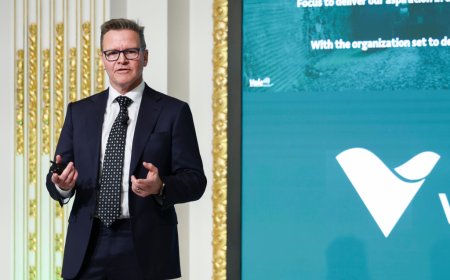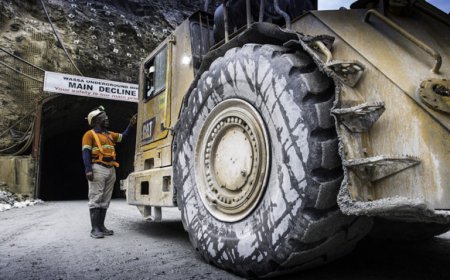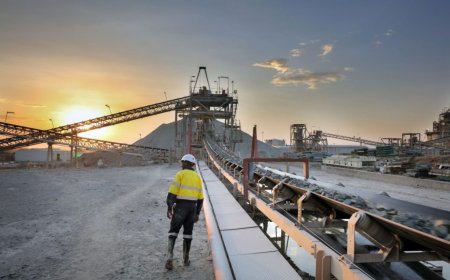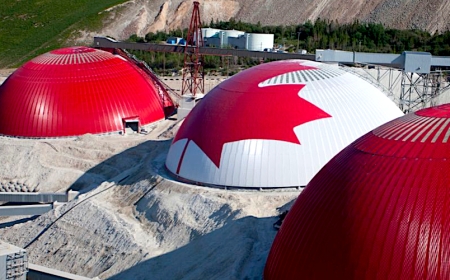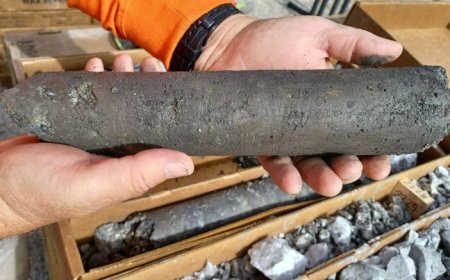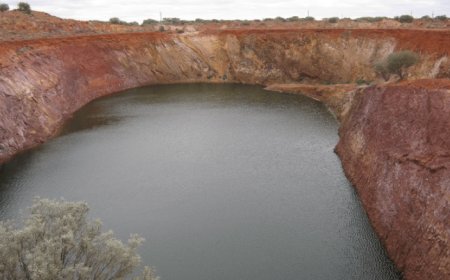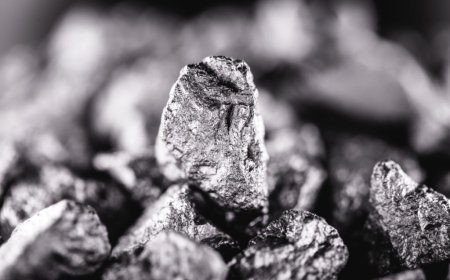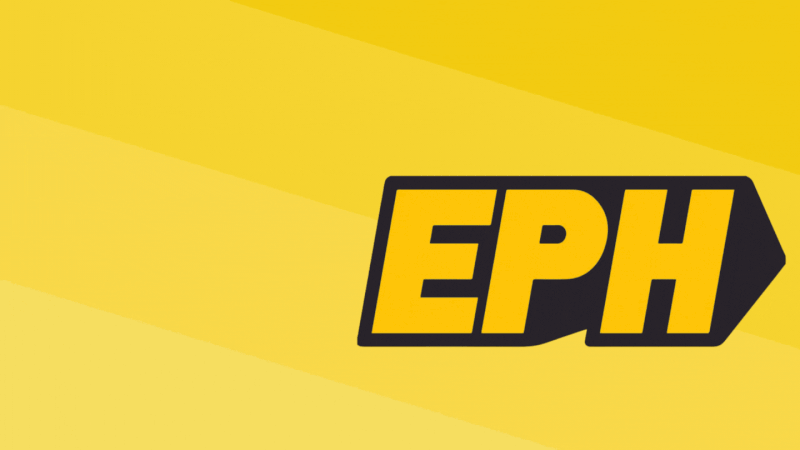Billionaire-backed iron-air battery firm to start building factory within weeks
Bill Gates, Jeff Bezos and Richard Branson are among investors who’ve raised US$800 million for a company developing a low-cost iron alternative for power grid storage which plans to begin construction of its first manufacturing plant within a month.
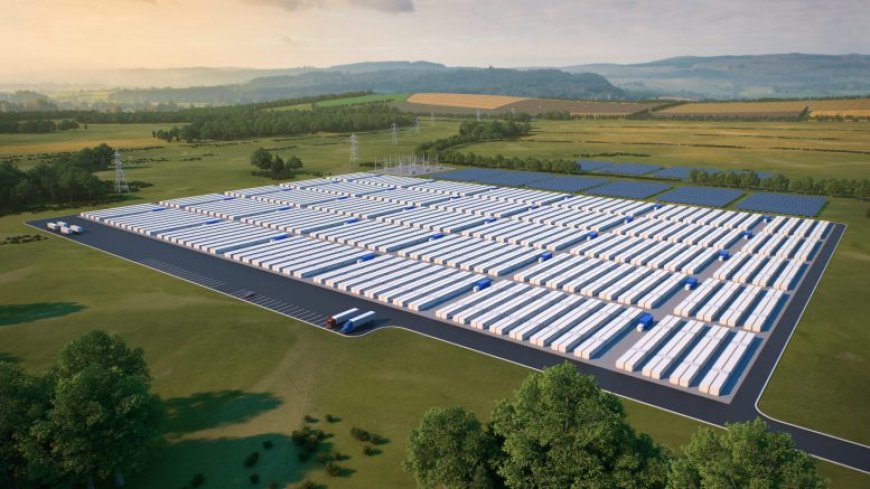

As the green wave of electrification gathers momentum, industry analysts expect the global energy storage market to double in size to almost US$400 billion by 2030. Boston-based Form Energy, which has an iron-air battery nearly ready for production, says the market will soon be much larger, around US$1 trillion annually.
Form is vying with companies such as Canadian Zinc8 Energy Solutions (TSXV: ZAIR; US-OTC: ZAIRF) and Toronto startup e-Zinc, which are developing zinc-air batteries. These incipient technologies using low-cost base metals are touted as the next advancement for renewable energy storage that can slowly but steadily feed transmission lines to homes and businesses. That’s opposed to the rapid release needed in electric vehicles where lithium batteries are expected to remain the industry standard for the next decade.
“The electric grid now faces a challenge: how to manage the multi-day variability of renewable energy without sacrificing reliability or cost,” Form chief executive officer Mateo Jaramillo said in an interview by email. “You need to be able to cover all the weather intermittencies.”
Form’s planned US$760 million factory in Weirton, WV is to build iron-air batteries for power companies as a less expensive option than lithium batteries and hydroelectric dams for storing energy from off-peak periods and the inconsistent performance of solar and wind generation. The unlisted private company has contracts to supply power providers in Minnesota and Georgia and is in talks with others, it said.
Zinc8 plans to build a factory in New York state within five years after being awarded a US$9 million incentive this week and promises of tax breaks from Governor Kathy Hochul. By 2040, the state is targeting six gigawatts of energy storage, the most in the United States, and no emissions at all from electricity generation.
Abundant materials

While lithium-ion batteries require materials such as lithium, cobalt and nickel — now near record high prices and sometimes challenging to find — Form, Zinc8 and e-Zinc are depending on some of the planet’s cheapest and most abundant materials for their batteries: iron or zinc, air and water.
Zinc8 says its battery will store energy for more than eight hours, about double a typical lithium-ion storage unit. Form says its iron version holds its charge for four days while e-Zinc is targeting “several days.” The premise of the technology dates from work by NASA in the 1970s, which was mostly abandoned when it proved impractical for vehicles.
“We estimate that our battery, at the system level, will be able to store energy at less than one-tenth the cost of lithium-ion battery technology,” said Jaramillo, a former engineer at Tesla.
Still, Form must fine tune and scale its process to reduce its battery’s operating cost to US$20 per kilowatt hour, which it considers a threshold for widespread adoption, from a point “easily” less than US$100 per kilowatt hour but which the CEO declined to specify.
The iron-air battery, about the size of a washer-dryer set, works according to what Form calls reversible rusting. When it’s supplying power, the battery sucks in air and the oxygen converts the iron to rust, producing energy that’s transformed into electricity. While charging, an electrical current converts the rust back to iron and it exhales oxygen.
Modular power
One unit holds 50 one-metre-tall cells of iron and air electrodes in a water-based electrolyte like inside a flashlight battery. The batteries are grouped in modular power blocks that can produce about 3 megawatts over 0.4 hectares, depending on the density. A 1.5 MW system, like the one planned to go online next year for Great River Energy at Cambridge, MN about 75 km north of Minneapolis, is planned to power 400 homes for 100 hours.
Elod Gyenge, an engineering professor at the University of British Columbia in Vancouver, said the zinc battery may be closer to commercial production than the iron version and noted some headwinds hurting the iron battery’s cycle life and energy efficiency.
“Typical challenges with iron-air and generally metal-air batteries include: charging of the iron electrode is problematic due to making sure as little hydrogen as possible (preferably none) is generated when the battery is charging, poor membrane durability in iron species containing electrolytes, and inefficient oxygen (or air) electrode in terms of both charge and discharge,” Gyenge said by email.
Jaramillo declined to give a price for a unit but said the factory will aim to start commercial production late next year to produce 500 MW of batteries annually using hundreds of thousands of tonnes of iron ore, some of it from ArcelorMittal (NYSE: MT). The Luxembourg-based steelmaker has helped fund the project and is engaged in several initiatives with Form, he said.
E-Zinc has raised US$32 million in financing from backers such as Silicon Valley Bank and Toyota for its development at a proposed plant in Mississauga beside Toronto. Tyler Hamilton, senior director of Cleantech at MaRS Discovery District, a startup incubator in Toronto, said e-Zinc and Form are similar for using low-cost, fire-resistant and recyclable materials and not requiring complex pump systems while being able to supply power from 12 to 100 hours.
“Iron-air batteries are one high-potential solution, but many different chemistries, such as zinc-based approaches from companies such as e-Zinc, can and will be needed to get us to where we need to be,” Hamilton said by email. “One could argue that e-Zinc’s approach offers more flexibility in design and deployment.”
